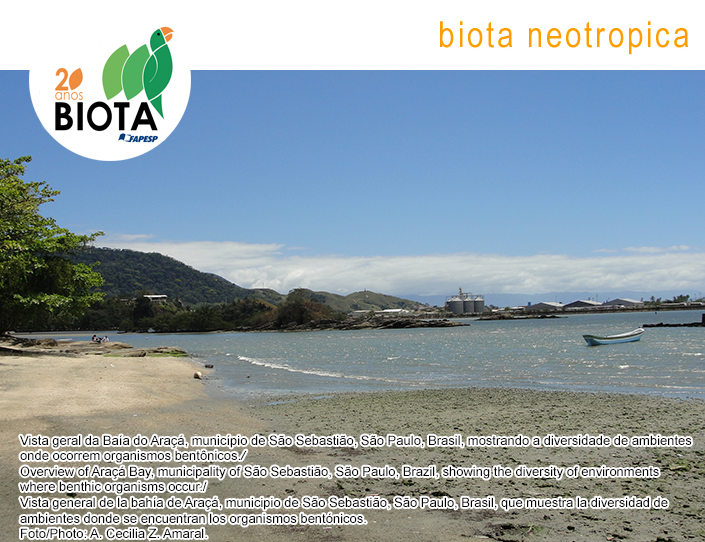Abstract
The altitudinal gradient found in the Atlantic Forest may play a role in establishing sympatry areas between congeneric species of sigmodontine rodents. For some genera with cryptic species, the elucidation of spatial patterns of distribution may be useful to understand reproductive isolation and speciation patterns, as well as spatial and temporal factors determining the boundaries of species’ geographical distributions. Here we evaluated the occurrence of sympatry between Juliomys species along an altitudinal gradient in the Serra da Bocaina National Park (SBNP). Additionally, we review the occurrence of J. rimofrons and add new records of species occurrence in the SBNP, aided by karyological and molecular data. The study was carried out at four sites in the SBNP, which ranged between 770 and 1,200 m a.s.l. We captured 24 Juliomys specimens. Six out of 24 specimens were collected and karyotyped. For J. pictipes, the karyotype had a 2n of 36 and a FN of 34, and for J. ossitenuis 2n of 20 and FN of 36. Seventeen out of 24 Juliomys specimens were used in the cytochrome b phylogeny: 12 specimens grouped with J. pictipes and five with J. ossitenuis. Additionally, a specimen previously identified as J. rimofrons (MN 77793) clustered together with J. pictipes. Juliomys pictipes and J. ossitenuis were found in sympatry in two out of four sites in altitudes higher than 1,000 m a.s.l.. Our karyological and molecular data provided the detection of two Juliomys species in the SBNP for the first time (J. pictipes and J. ossitenuis) and disregarded the previous record of J. rimofrons. Our record of sympatry between J. pictipes and J. ossitenuis represents the fifth known record of sympatry between these species up to date.
Keywords:
Atlantic Forest; karyotype; mammals; phylogeny; Protected Area



